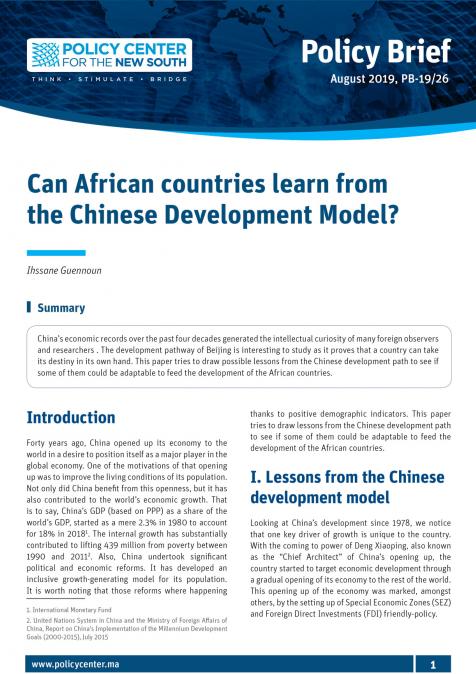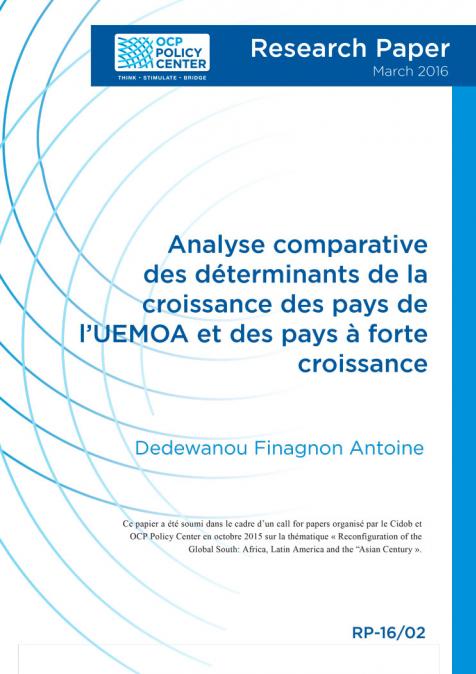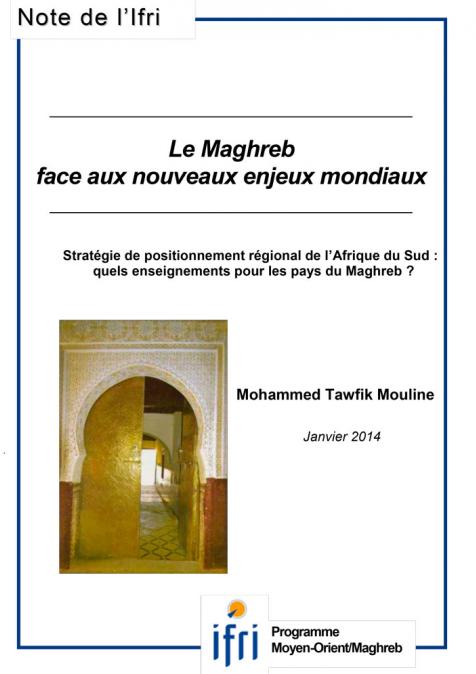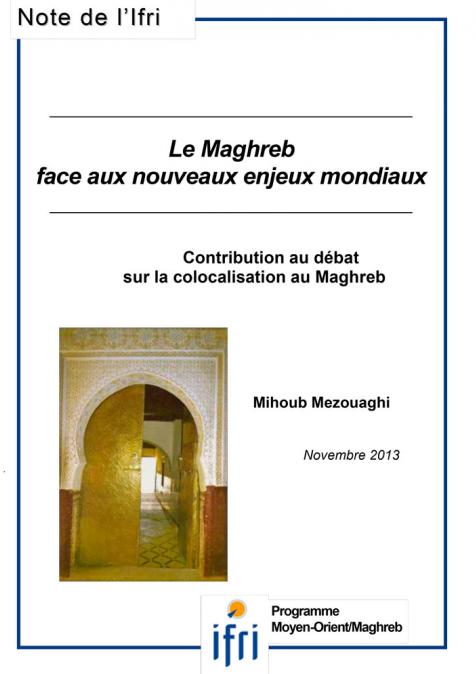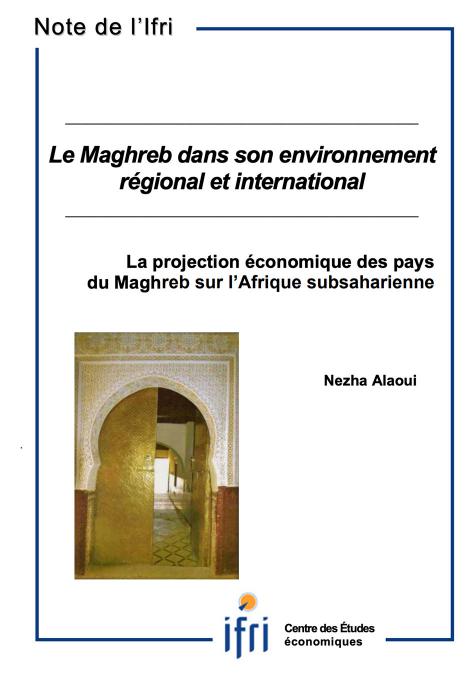Publications /
Policy Brief
China’s economic records over the past four decades generated the intellectual curiosity of many foreign observers and researchers . The development pathway of Beijing is interesting to study as it proves that a country can take its destiny in its own hand. This paper tries to draw possible lessons from the Chinese development path to see if some of them could be adaptable to feed the development of the African countries.
Introduction
Forty years ago, China opened up its economy to the world in a desire to position itself as a major player in the global economy. One of the motivations of that opening up was to improve the living conditions of its population. Not only did China benefit from this openness, but it has also contributed to the world’s economic growth. That is to say, China’s GDP (based on PPP) as a share of the world’s GDP, started as a mere 2.3% in 1980 to account for 18% in 2018 . The internal growth has substantially contributed to lifting 439 million from poverty between 1990 and 2011 . Also, China undertook significant political and economic reforms. It has developed an inclusive growth-generating model for its population. It is worth noting that those reforms where happening thanks to positive demographic indicators. This paper tries to draw lessons from the Chinese development path to see if some of them could be adaptable to feed the development of the African countries.

